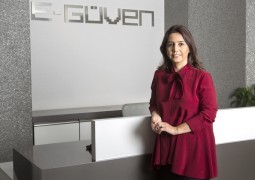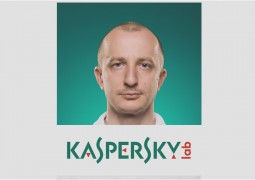Sania Abbas @IBM welcomes Cognitive Era for IoT with Watson
by 0

“The five outcomes of an IoT are operational excellence, customer satisfaction, transformation, environmental sustainability and institutionalizing the capabilities.”
I’ve had the chance to talk to Sania Abbas IBM Watson IoT Leader the Middle East and Africa about Watson and IoT strategy of IBM at the IBM Event.
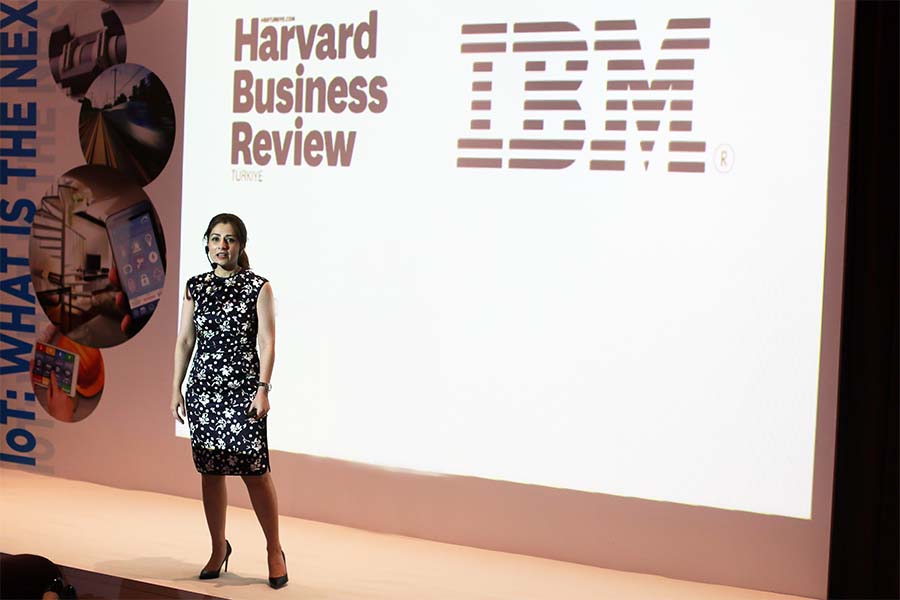
Internet of Things (IoT) in IBM with Watson is in the cognitive era. Watson is the all about cognitive computing and use cases and services are tremendous. There will be approximately 50 different capabilities by the end of the year. A new center Watson IoT Headquarters will be opened in Munich in November 2016. IoT is one of the services, which is radically changing the way businesses operate and how people interact with the physical world. As virtually everything becomes connected—from cars to crops to conveyor belts—businesses can harness the resulting data to improve virtually every aspect of what they do. Cognitive IoT infuses new intelligence into products, services and processes.
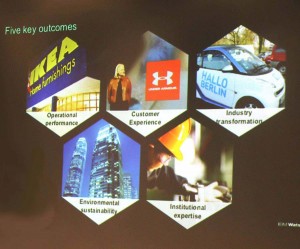
Sania Abbas tells about the five outcomes of an IoT, which are operational excellence, customer satisfaction, transformation, environmental sustainability and institutionalizing the capabilities.
“Operational excellence is all about making things work in a more improved manner.” she explains and continues “It’s taking cost and manual work out and bringing new efficiency into the existing processes. So, one of the key studies is the IKEA. They used IoT successfully around asset and facilities management to reduce their operational cost by 5%“.
Customer satisfaction is about institutionalizing skills. The key here is to transform the customer experience and strengthen relationships. Leaders are offering products and services designed to adapt continually—in context—to the connected consumer and achieving new levels of customer engagement. They gain feedback throughout the product lifecycle. As a result, they see a greater loyalty and enhanced revenue and attaining real marketplace differentiation.
Transformation is about industry transformation. She mentions, “We saw the examples like Uber. Another example could be DAIMLER AG CAR2GO, the European car manufacturer, reimagined its business model by launching a car-sharing service and a mobile app. It is designed to reveal the fastest and cheapest ways to get from A to B. Addition to those services; companies started to offer some additional services like using IoT to follow the driving skills and behaviors. Analyzed behavior is delivered to the driver as graphic. It’s cool because it shows it in the form of trees, so the tree grows or shrinks depending on the driving behavior. Drivers also get messages from the system like ‘if you go with the speed 90 km, you will be using less gas”, which aim to improve the awareness of the driver.”
Environmental sustainability is another outcome. EZ-FARM offers IoT-enabled remote monitoring solution helps boost crop yields, increase sustainability and safeguard the food supply, helping small-scale farmers in Africa improve productivity and grow revenue.
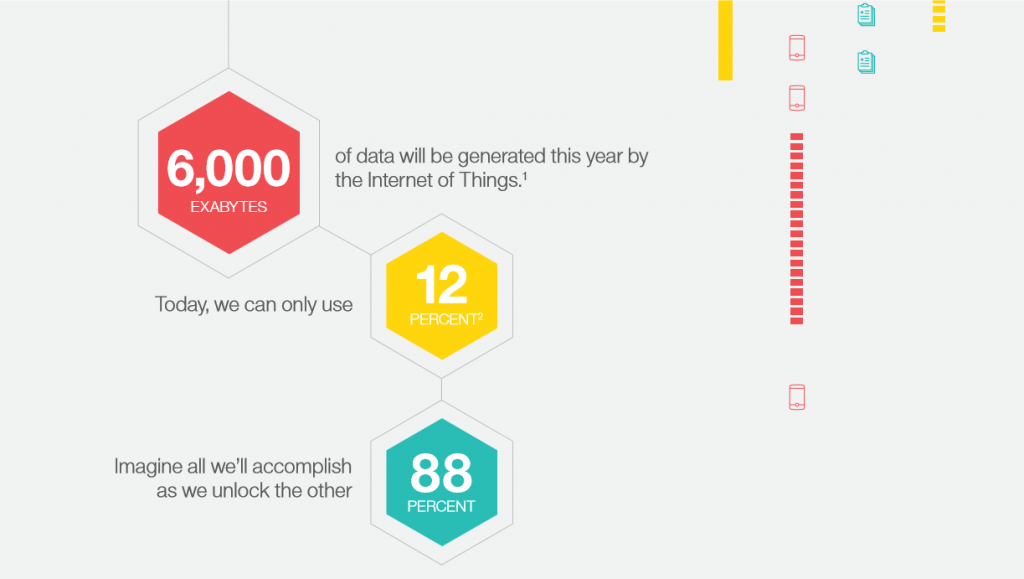
Institutionalizing company capabilities are interesting and relevant. She says, “If you look at a long-term employee, who has worked for the company 25-30 years, he can sense something is wrong when he walks in the factory with the help of his 30 years of experience. How he realizes, it is part of the business. They have a hunch. It’s the human sense. The newcomers’ senses can never be the same. Now, with the existing technology it is possible to embed this knowledge and experience into the factories. The sensors can control the heat, pressure, movement and leakages. So, even the new employees can have the same level of insight, analyze the situation better and take better actions. With bringing cognitive and further learning into the company, it is possible to empower the workforce and make them more productive.”
I wonder whether we are replacing humans with the machines because we are talking about succeeding 30 years’ experience with sensors. Mrs.Abbas gets it more like help, “I don’t see it as replacing but more helping the new hire not to miss things or realize something quick. The sensors can pick up leakages or issues and then that will assist individuals to take better decisions.” She continues “everybody wants to make things simpler and bring efficiency to their homes, offices and manufacturing plants. Most of the clients are targeting efficiency. They focus more on consumers, who today are more demanding and no longer loyal. They also are afraid of agile companies coming into their world in a disrupting way. I think next ten years will be quite exciting.”
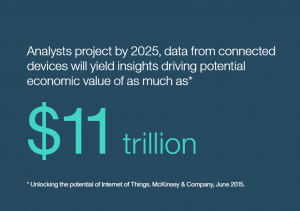
According to the analysts’ projection, by 2025 data from connected devices will yield insights driving the potential economic value of $11 trillion (McKinsey & Company, June 2015). That is a huge business. What does she think about the potential of Turkey? She is positive on it. “The potential in Turkey is tremendous. There’re so many initiatives that are taking place, from universities to the telecom providers and retail sector. In Turkey I see the IoT movement and adoption coming into place” she says. How about her advice to startups? “I would recommend the startups to find partners to work with as early as possible will bring great value. It’s a fun period to be for startups. I would love them to think about IoT and use the Watson IoT platform. We have a lot of programs that encourage that. If anyone is interested, please reach out to me and I’ll be very happy to work with you.”
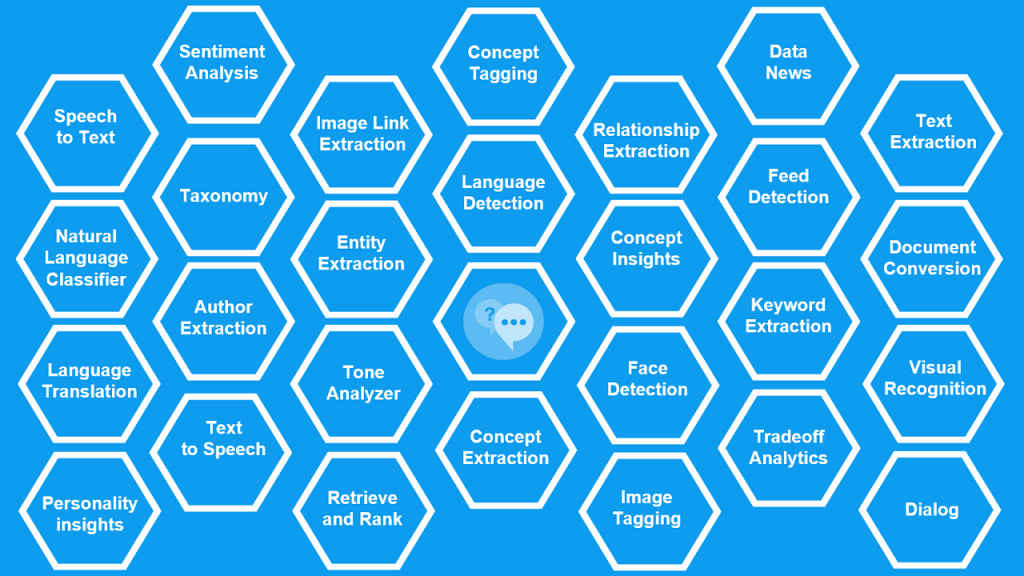
So, there is an invitation from IBM to the entrepreneurs, who plan to do business on IoT. You can consider using IBM open platform Bluemix, and if you have an exciting project, you can contact her.
Thank you, Sania Abbas!


